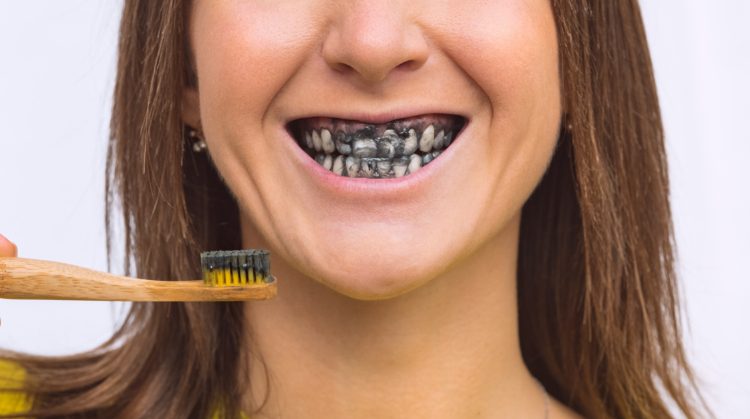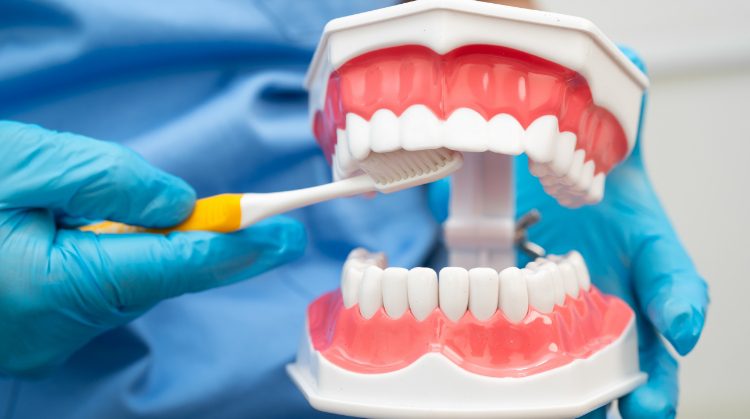
As laws across the nation continue to change in regards to medical and recreational use of marijuana, it’s important to consider all aspects of its use. “Cottonmouth,” the slang term for the dry mouth symptoms associated with the use of marijuana, is a common experience due to the way tetrahydrocannabinol, or THC, affects the nervous system.
Dry Mouth Is More Than Just Annoying
Dry mouth may seem like just an annoying part of life, but when it’s chronic, it can lead to serious problems with your mouth, according to Dr. Amy Norman, a leading dentist in Everett, Washington.
“In the dental community, dry mouth is referred to as xerostomia,” she said. “It’s often a side effect of medication or the result of dehydration.”
Saliva is one of the mouth’s best natural defenses. In fact, it does so much for the mouth that its absence can lead to tooth decay and even gum disease.
When you eat or drink something, especially if it’s high in sugar, an acid attack on the mouth occurs. Saliva helps the mouth return to balanced pH levels and rinses food particles and debris out of the mouth, Norman said.
“A dry mouth makes it really hard to control the buildup of bacteria and, in turn, plaque. Good oral hygiene and a healthy diet become essential to control decay,” she said.
According to a study published in the International Journal of Dental Hygiene, the use of cannabis increases the user’s risk for several oral complications, including xerostomia, leukodema and candidiasis.
What Is Leukodema?
Leukodema is characterized by white, grey or blue mucus membranes, especially those on the inside of the cheeks. It’s a common condition and is actually harmless.
“It can be surprising the first time you notice it, and it’s always a good idea to have any sores or color changes of the mouth evaluated by a dental professional to rule out cancer,” said Norman.
Studies link this harmless condition to smoking both marijuana and tobacco, and once smoking stops, the lesions typically disappear.
What Is Candidiasis?
Candidiasis is a fungal infection caused by candida yeast. When it spreads to the mouth and throat, it can lead to an infection known as thrush. It’s characterized by white or yellow patches on the roof of the mouth, inside the cheeks, and on the tongue and gums. It can even spread to the lips. It may cause soreness and pain when swallowing.
Unlike leukodema, candidiasis does require medical treatment in order to return the mouth to its healthy state. It’s usually treated with antifungal medication, and mouth rinses can be used to prevent future infections for those who commonly experience this oral health complication.



